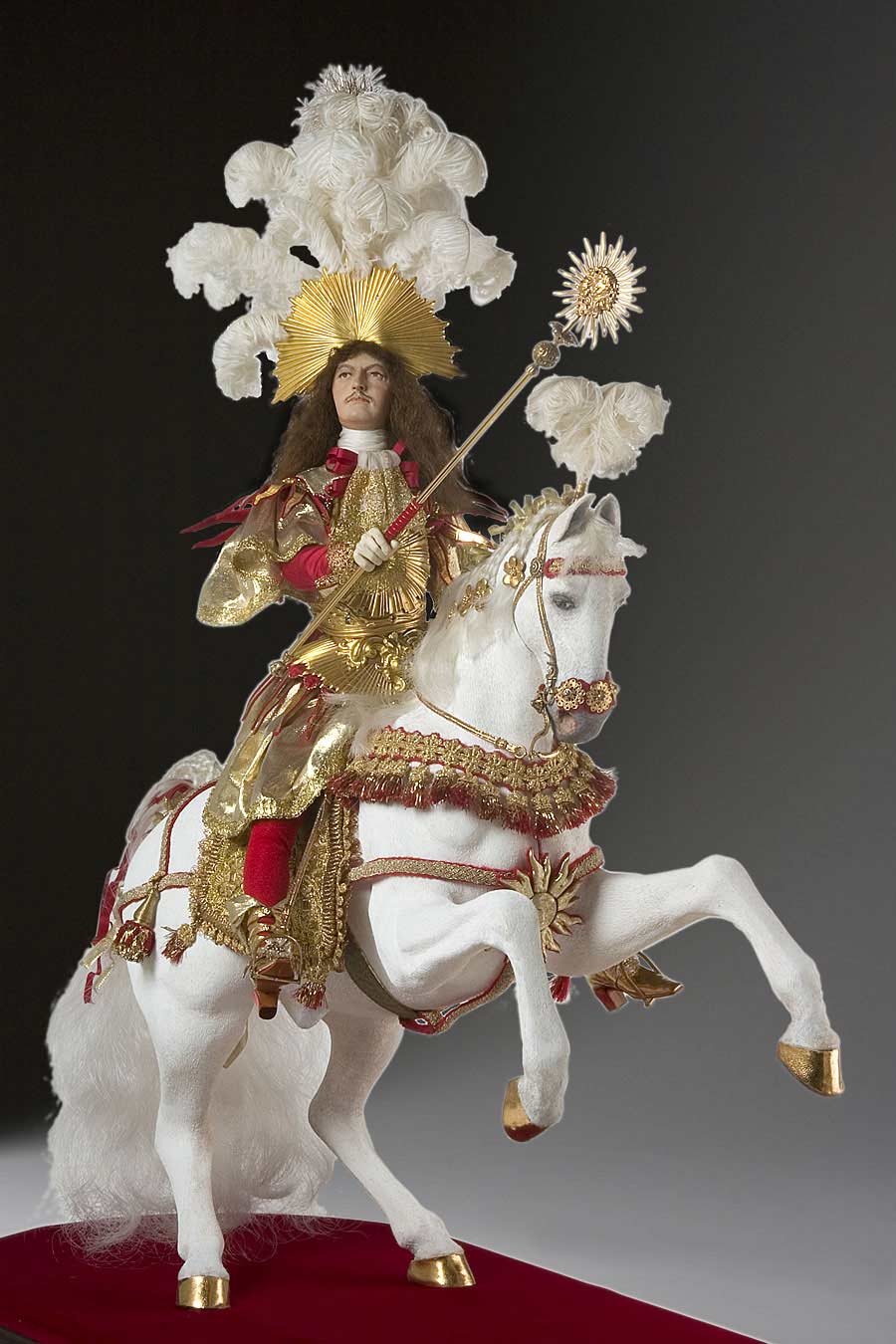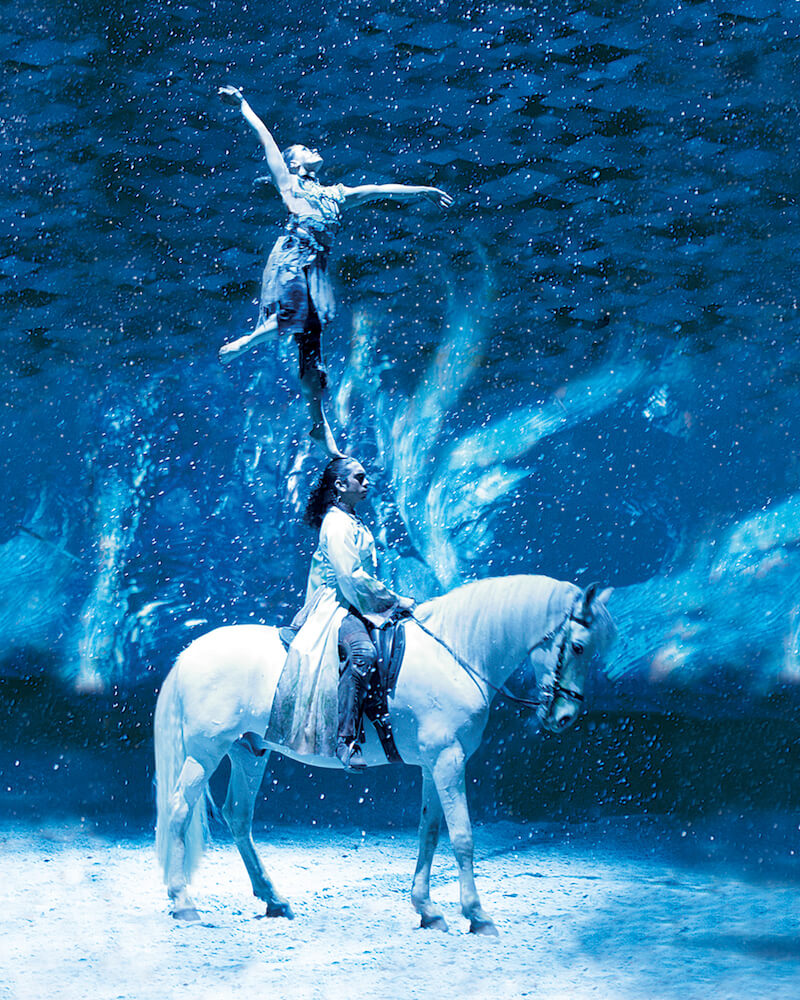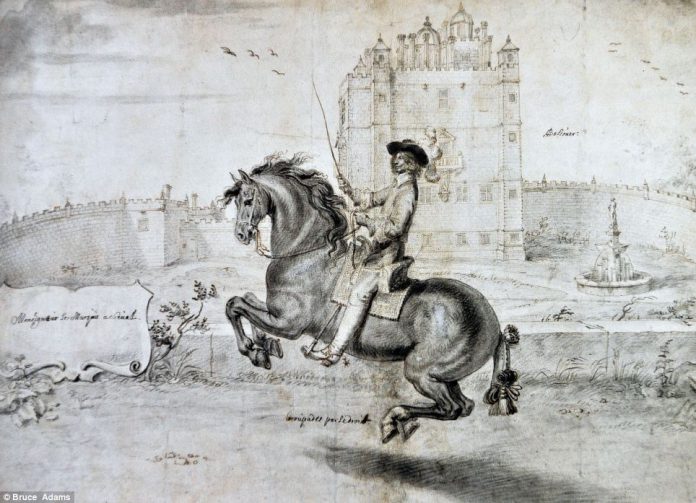
Equestrian sports involve many types of horse competitions, from classical dressage to intense cross-country events. The main character in any equestrian sport is the horse. Harmony is required between the rider and the horse in all equestrian events. The charming tradition of equestrian ballet involves several riders on horseback. It originated in the 16th and 17th centuries in Europe, specifically in Italy.
Different themes, sometimes based on epic poetry, are among the major attractions of these ballets. The horses are dressed in radiant costumes and divided into groups to dance and act through dressage movements, to showcase different battles.
Equestrian ballet flourished during the Baroque period that originated in Italy in the 17th century, embracing different art forms, including painting, sculpture, architecture, the decorative arts and music. Equestrian ballet enjoyed an elite and royal status. Many equestrian ballets were organised in the royal courts of Europe. A famous one was performed at the wedding of Emperor Leopold I to his first wife, the Infanta Margarita Teresa, in 1666.

Other historical performances include the equestrian ballet performed in 1581 in Paris for the wedding of the Duc de Joyeuse. The “Balletti a Cavallo” was performed in 1637 at the wedding of Grand Duke Ferdinand II and Victoria d’Urbino.
The status of royalty enjoyed by this art form is because of its natural lyrical quality, and the extensive training required. In the earlier days, these were special treats, reserved only for the aristocracy and performed on special occasions. The royal houses were in awe of this art. The ballet would involve splendid costumes and magnificent sets.
Music kept the audience engaged and it does so today also. Without music, equestrian ballet is like a pond without water. Some contemporary shows include Cavalia, started by Normand Latourelle in 2003; the Zingaro theatre in Paris which conducts Equitana, and promotes exchange of ideas and information to promote Equestrian Ballet, and so on.
This art form with military roots has never failed to astonish the audience, be it in the royal courts in history or the different shows in modern world.






